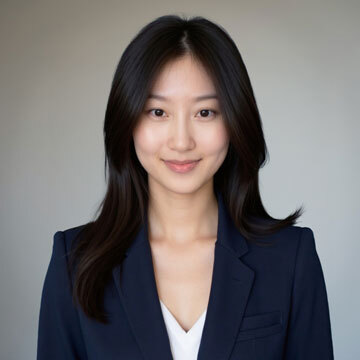




382 Views
32
View In My Room
Sculpture, Plastic
Size: 119.4 W x 119.4 H x 2.5 D cm
Ships in a Crate
€5,253
Shipping included
14-day satisfaction guarantee
Trustpilot Score
382 Views
32
Artist Recognition

Artist featured in a collection
ABOUT THE ARTWORK
DETAILS AND DIMENSIONS
SHIPPING AND RETURNS
Media: PLA filament (for 3D printing pen), resin, brass, patina Part of a non-traditional exploration of lace in the exhibition, A Certain Kind of Armor. Using 3D printing pens to preserve the core acts of drawing and writing, Gardner-Roe references shield and body forms that allude to systems of p...
Year Created:
2019
Subject:
Styles:
Method:
Sculpture, Plastic
Rarity:
One-of-a-kind Artwork
Size:
119.4 W x 119.4 H x 2.5 D cm
Ready to Hang:
Not Applicable
Frame:
Not Framed
Authenticity:
Certificate is Included
Packaging:
Ships in a Crate
Delivery Cost:
Shipping is included in price.
Delivery Time:
Typically 5-7 business days for domestic shipments, 10-14 business days for international shipments.
Returns:
14-day return policy. Visit our help section for more information.
Handling:
Ships in a wooden crate for additional protection of heavy or oversized artworks. Artists are responsible for packaging and adhering to Saatchi Art’s packaging guidelines.
Ships From:
United States.
Need more information?
Need more information?
Rachelle Gardner-Roe
United States
Artist Statement My work melds my Midwestern rural roots with a multi-media practice including fibers, sculpture and drawing. The intention is to foster a curiosity and love of the natural world through exuberant color and imagery. Often resulting in a maximalist “where’s Waldo” smorgasbord of the natural world, I entice the viewer to keep exploring. This opens the door to conversations around native species, conservation, and caring for the Earth. In the face of the crippling effect of apocalypse fatigue, I hope to start that conversation from a point of love and awe. My work also embraces the figure, as the goal is ultimately to reposition our sense of being “of nature,” as opposed to the modern sense of being separate from it. This work is also indelibly impacted by a long-standing meditation practice, and a desire to integrate a deeply personal practice with the day-to-day work in the studio. In terms of process and technique, drawing is most often the primary act, even if executed outside the route of traditional pencil on paper. Despite using layered processes, I want the viewer to be able to connect to my work on a fundamental level and drawing acts as both an accessible and primal point of entry. In some work, I write poetry with a 3D printing pen, building layers to create sculptural works, so that words become drawing. In my fiber work, I describe creating imagery with thread and a sewing machine as the inverse of drawing, stitched on a painterly field of hand-dyed wool from the Gardner family farm. This melding of drawing and sculpture with fibers is also a means of recontextualizing “women’s work.” Blending historical craft and the generational passing down of knowledge with contemporary practice grounds my work, connecting my rural roots with the here and now. Artist Biography Rachelle Gardner-Roe has been working as an artist in the Kansas City area since the mid-2000s. She grew up in the rural countryside outside of Adrian, MO, on the native land of the Osage, Kickapoo, Kaskaskia and Sioux tribes. She received a Bachelors in Interior Architecture from Kansas State University in 2004. This background in design allowed her to explore various media through a lifelong interest in the fine arts. Her emphasis in furniture design influenced her path in sculpture while her family’s fateful adoption of three sheep in the 1990s led to a herd and eventually a journey down the road of fibers and a practice rooted in the land.
Artist Recognition

Artist featured by Saatchi Art in a collection
Why Saatchi Art?
Thousands of
5-Star Reviews
We deliver world-class customer service to all of our art buyers.
Global Selection of Original Art
Explore an unparalleled artwork selection from around the world.
Satisfaction Guaranteed
Our 14-day satisfaction guarantee allows you to buy with confidence.
Support Emerging Artists
We pay our artists more on every sale than other galleries.
